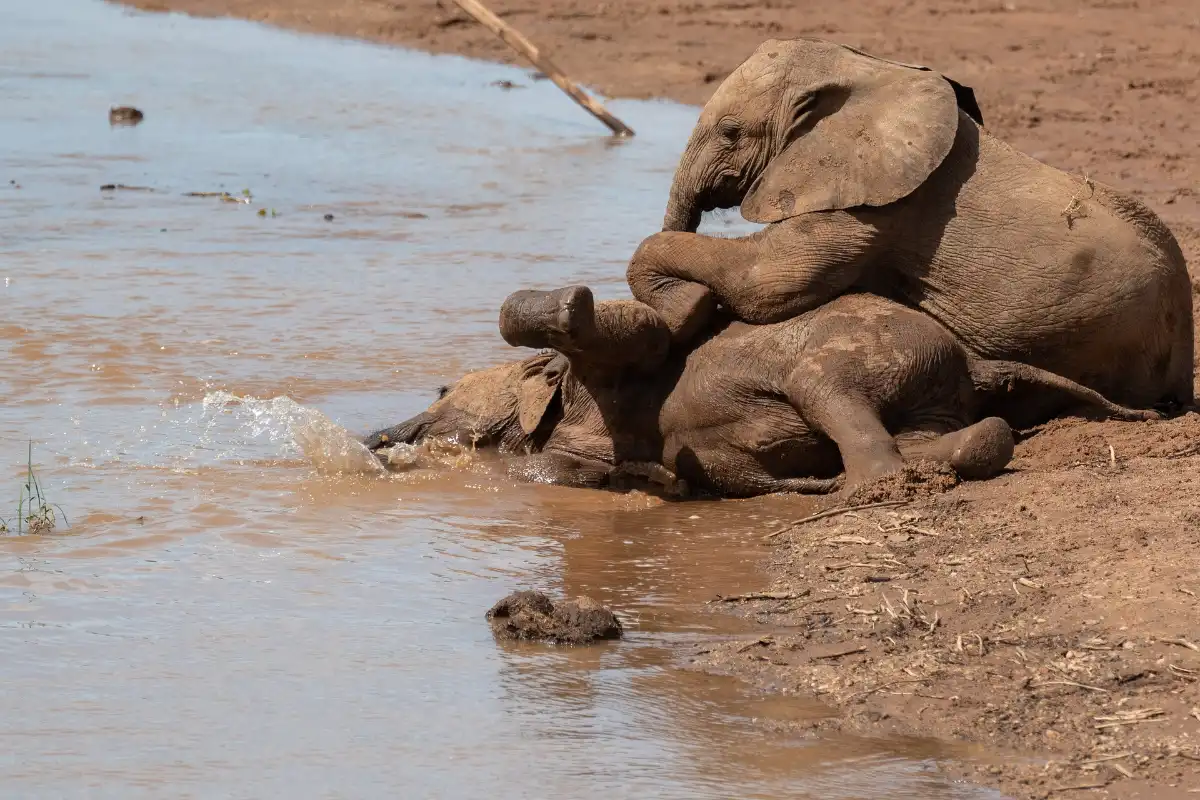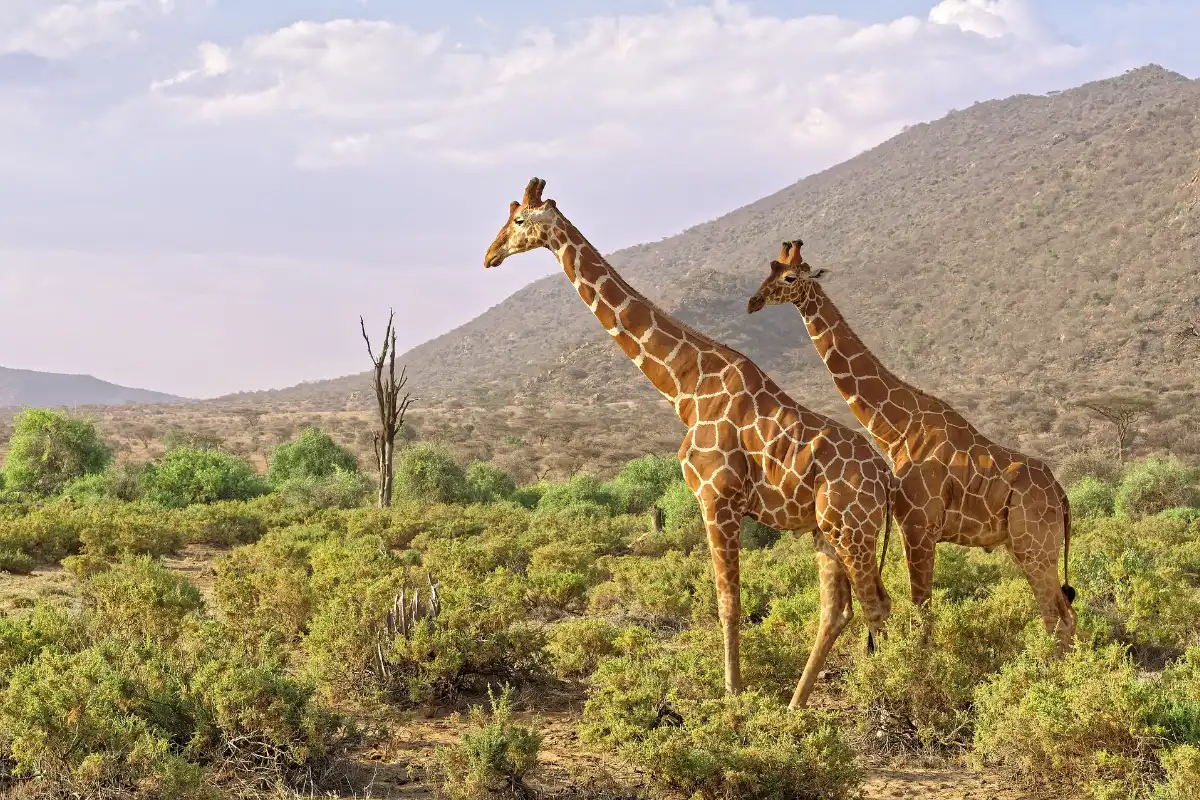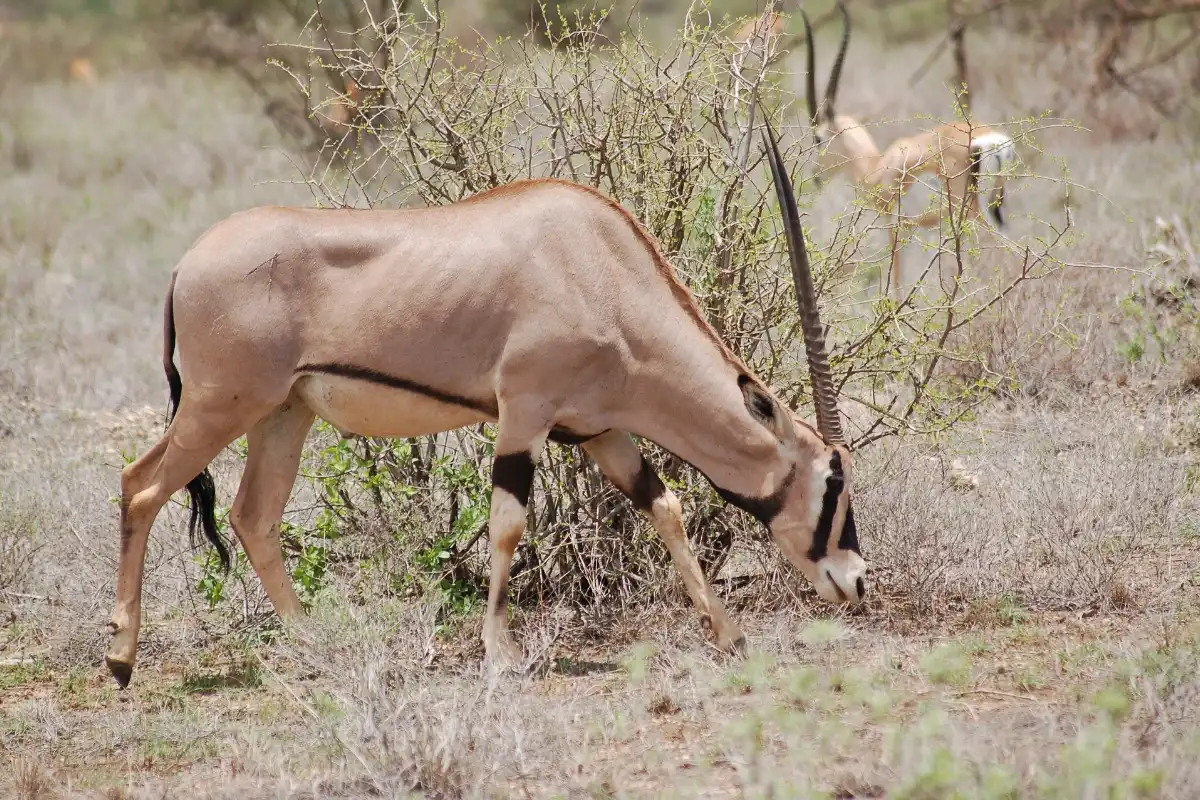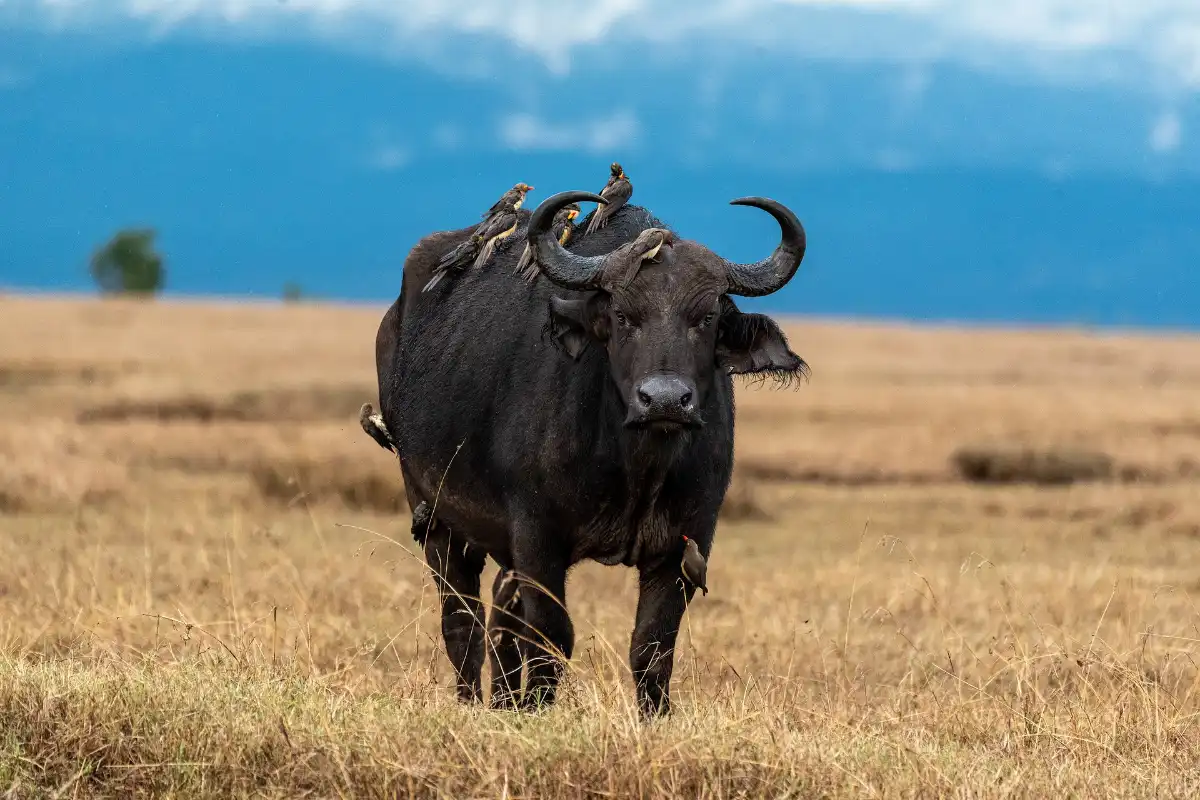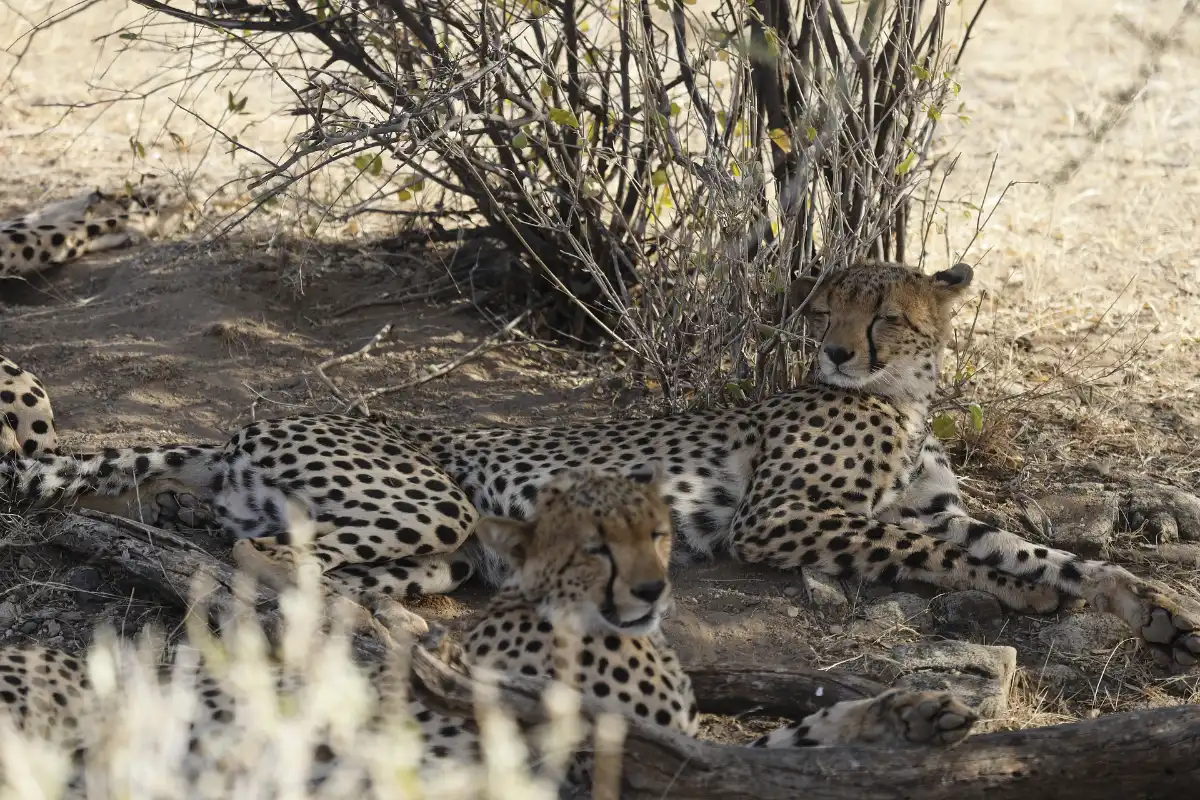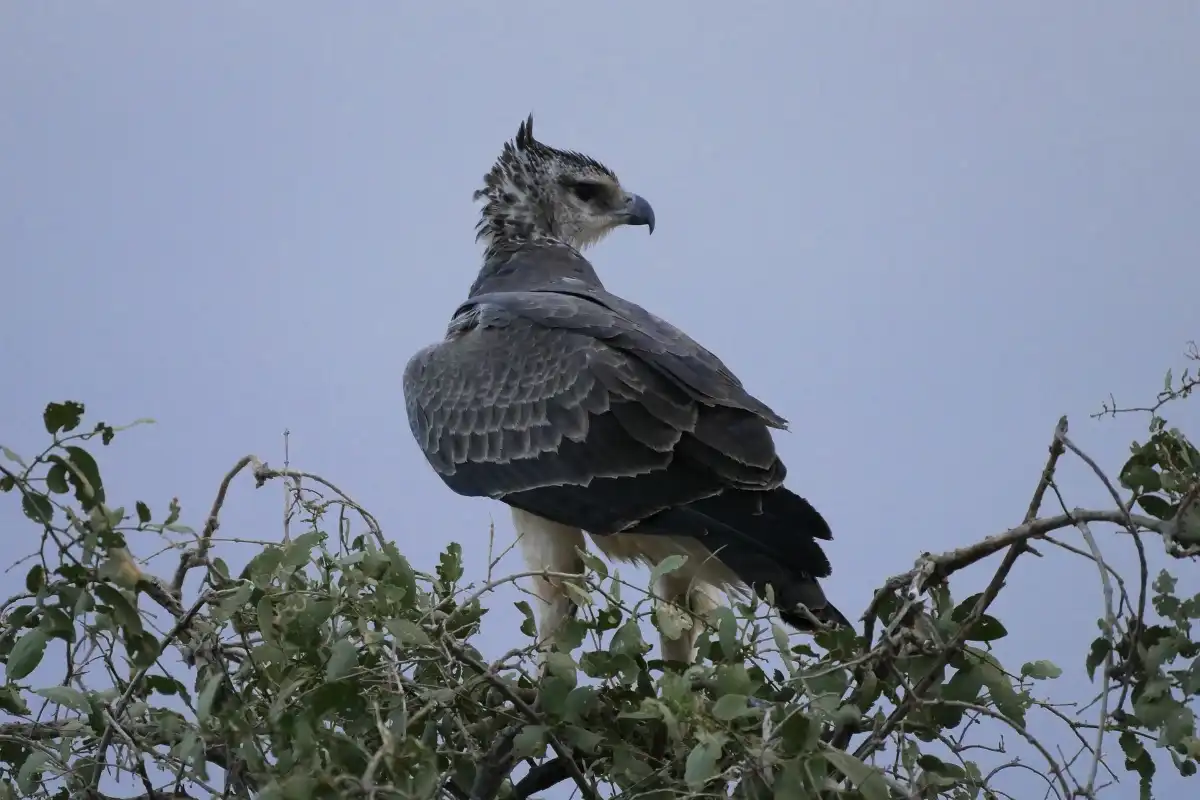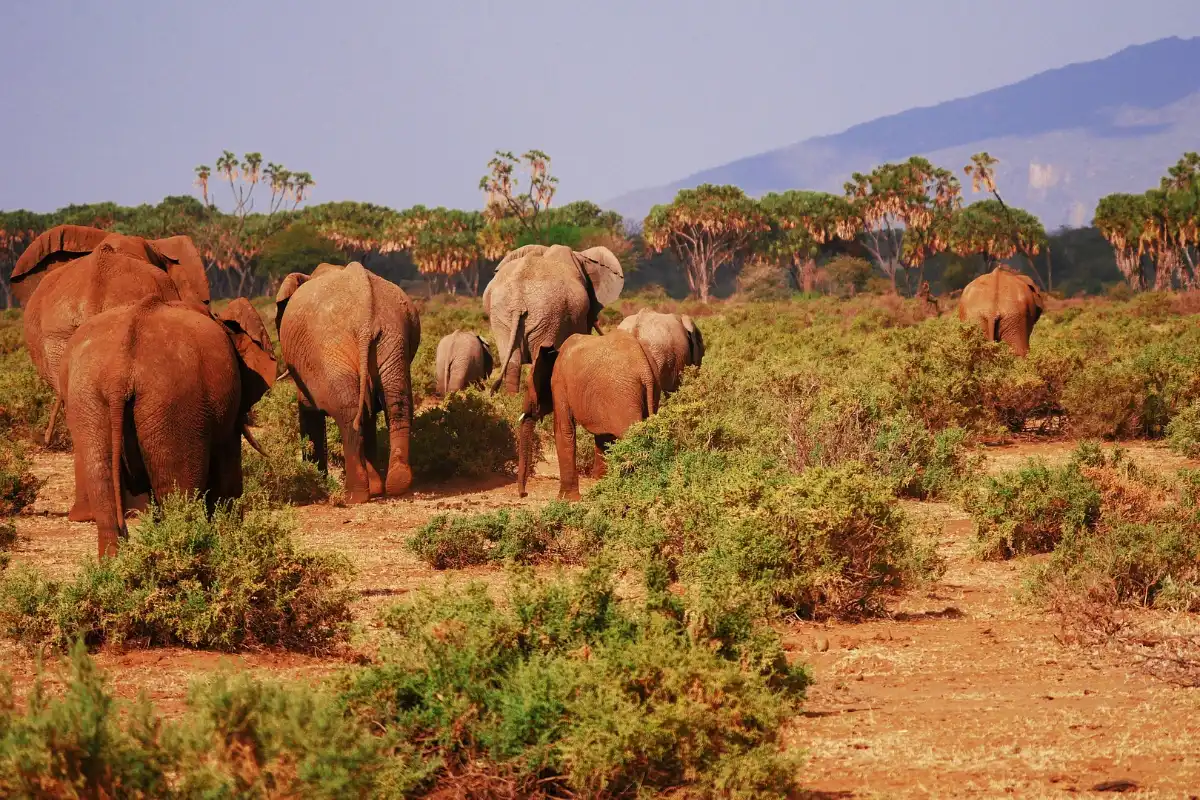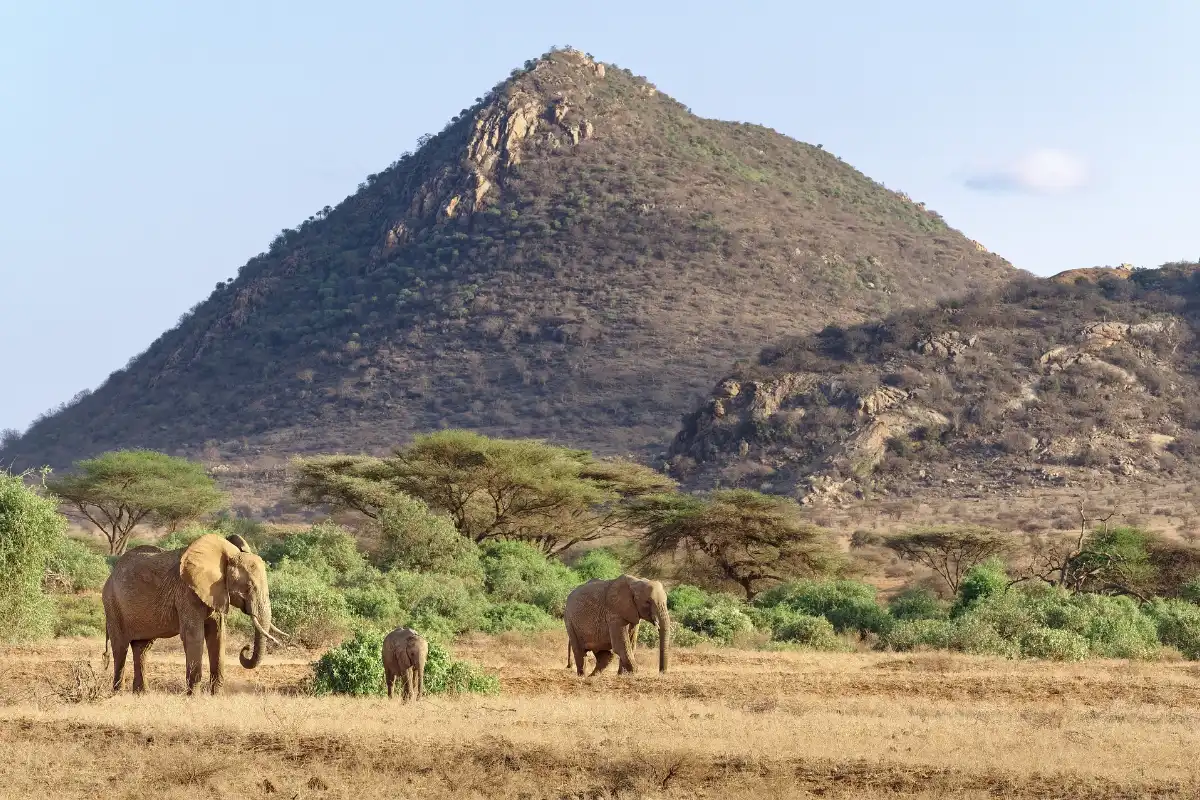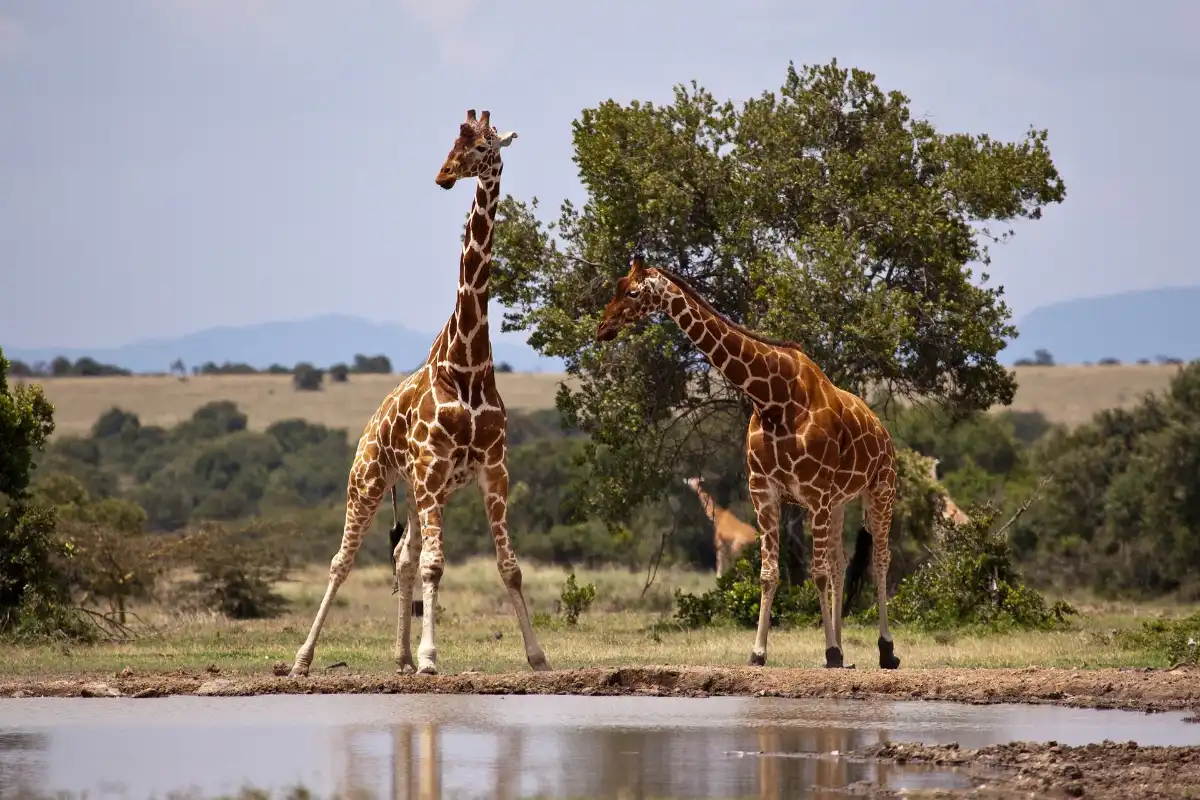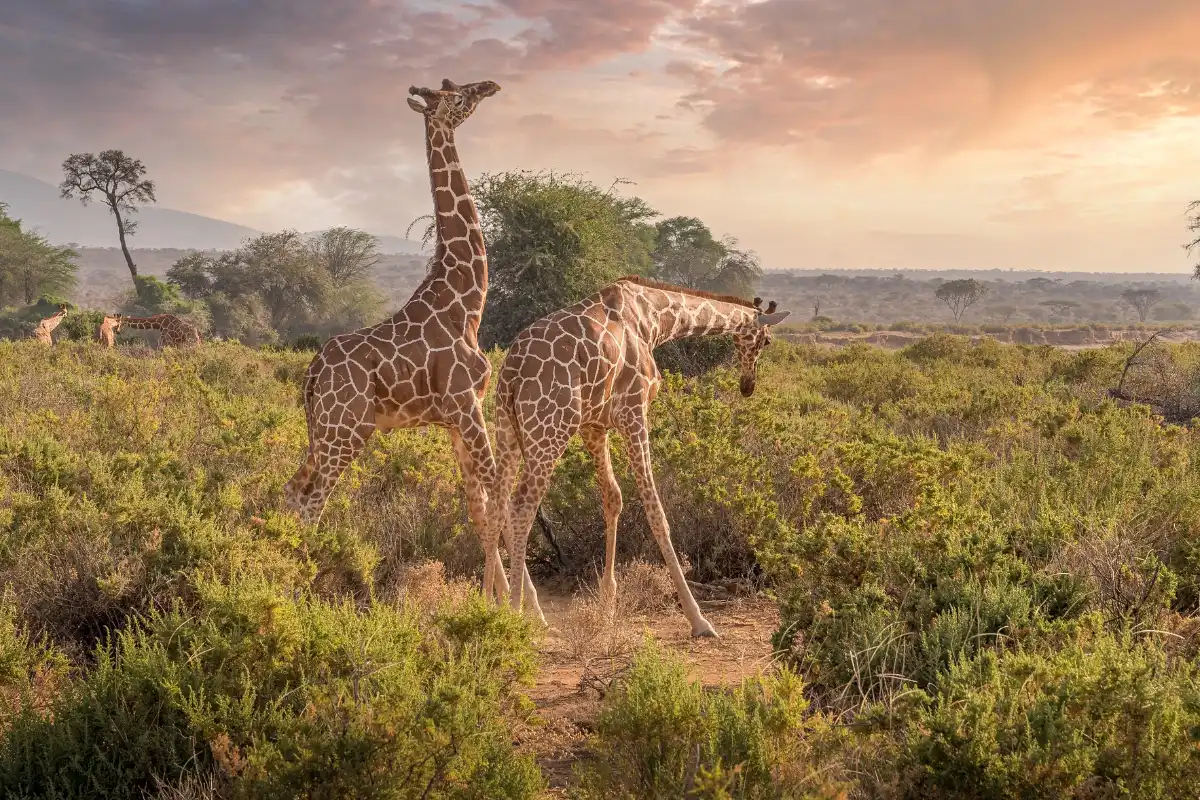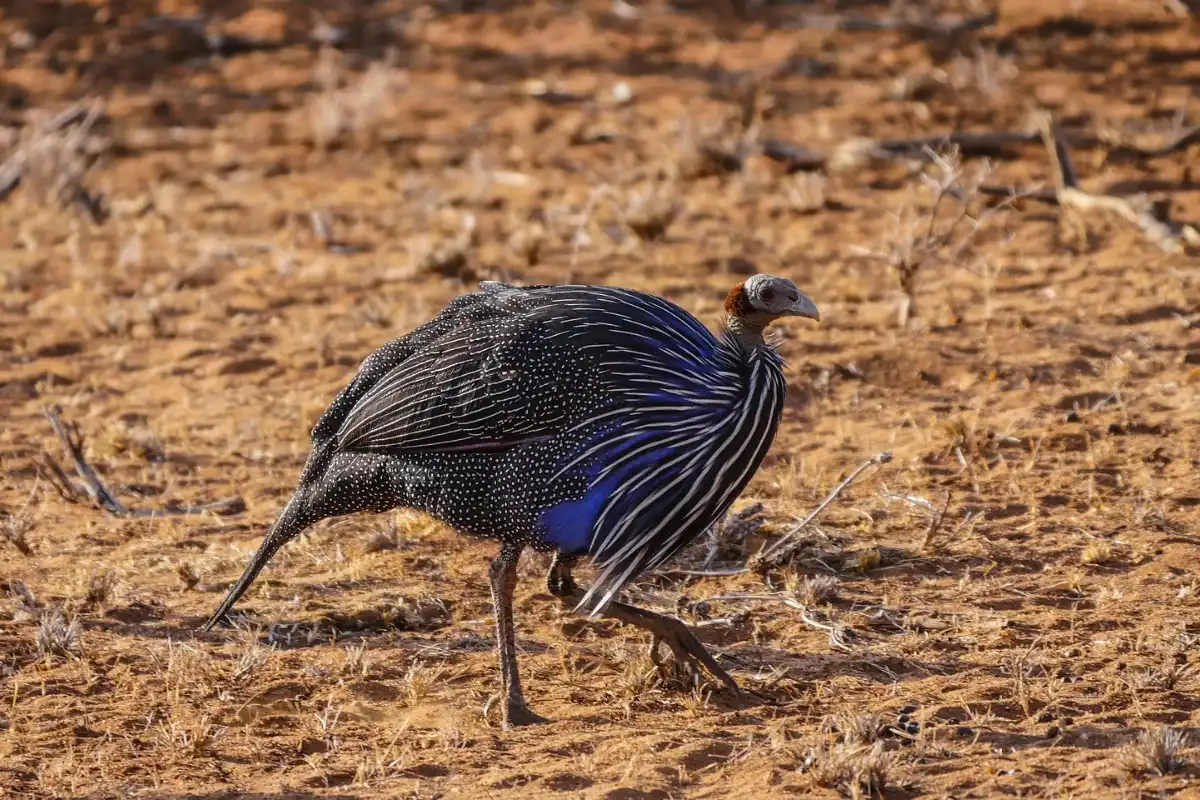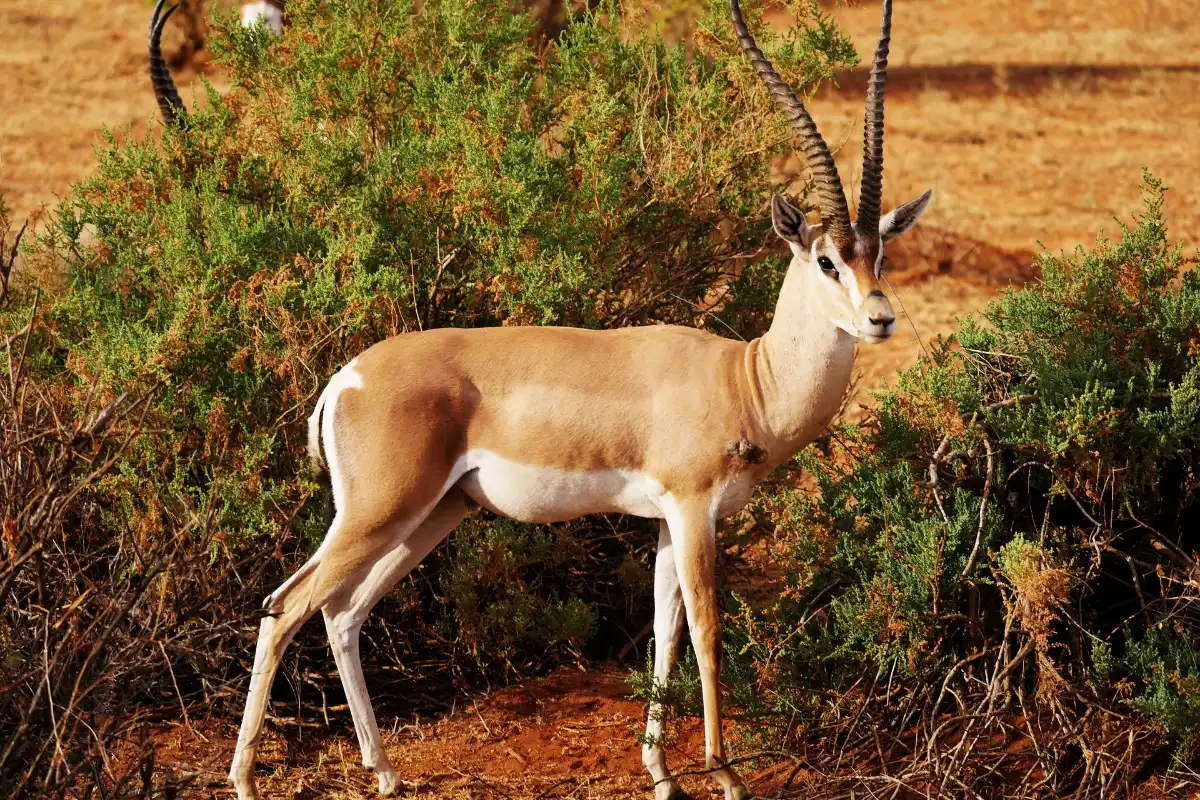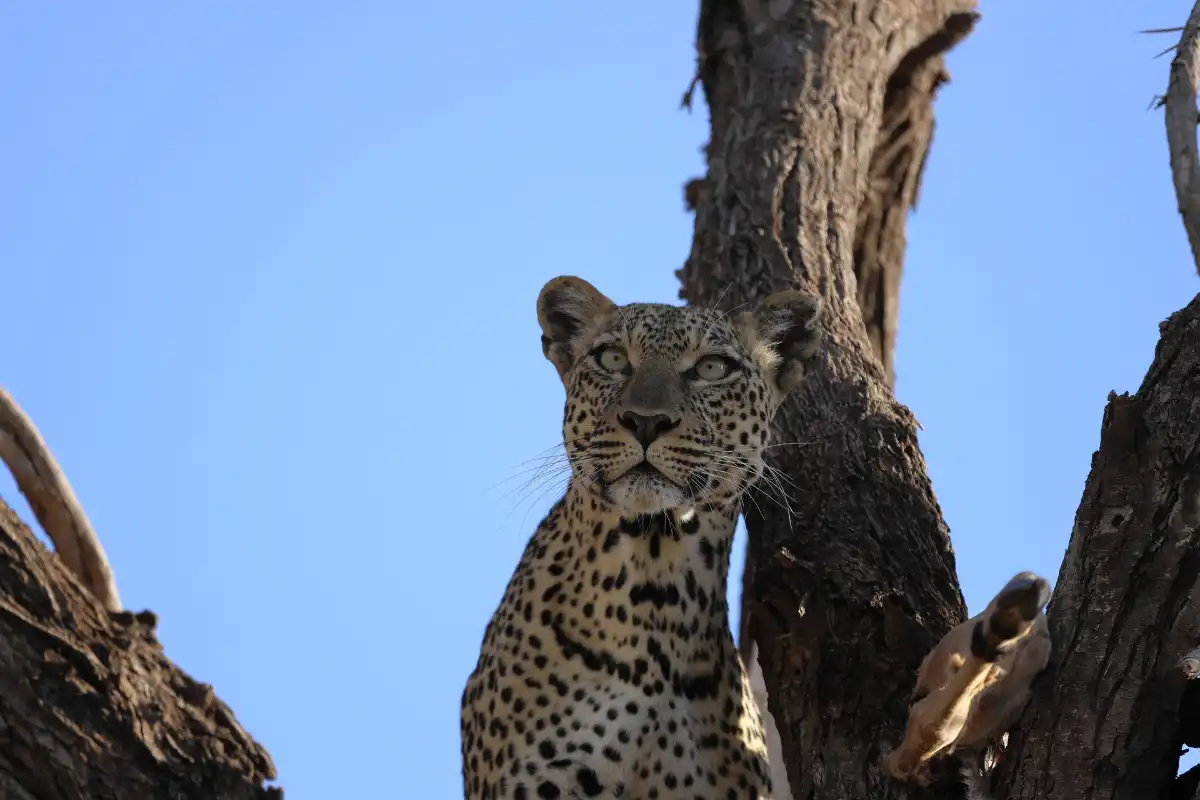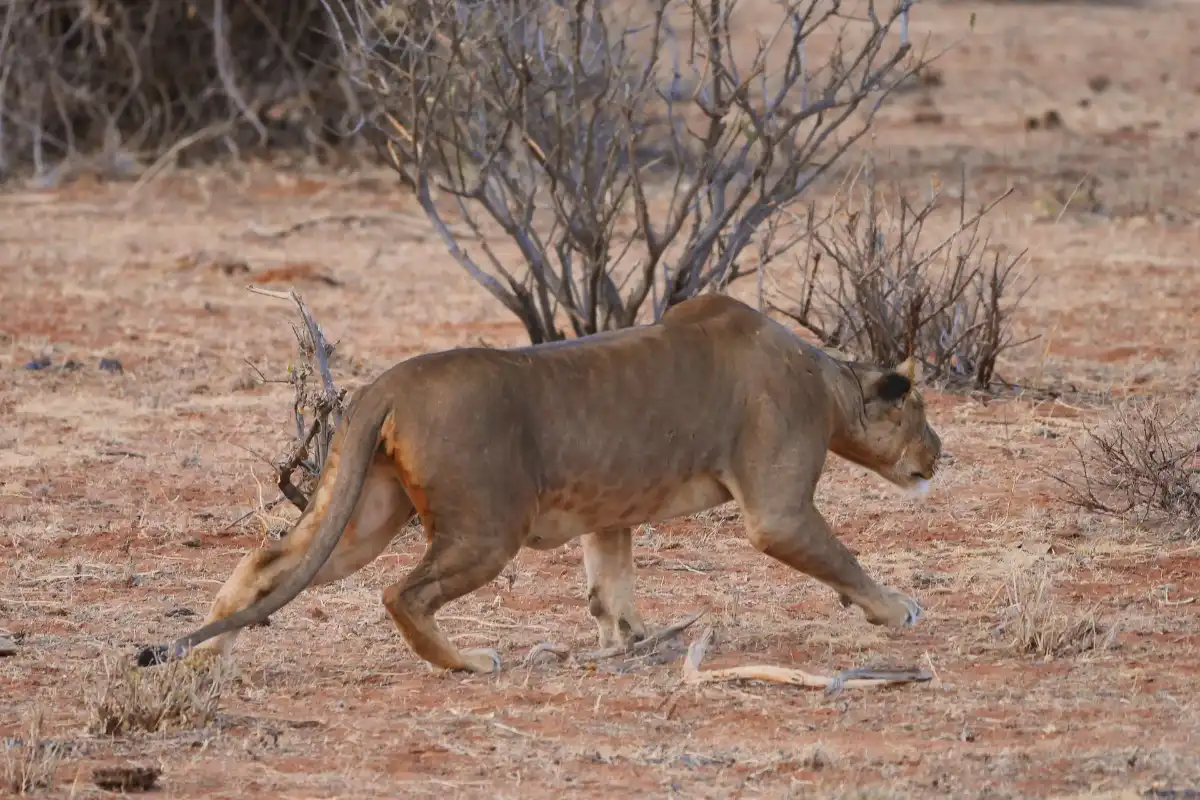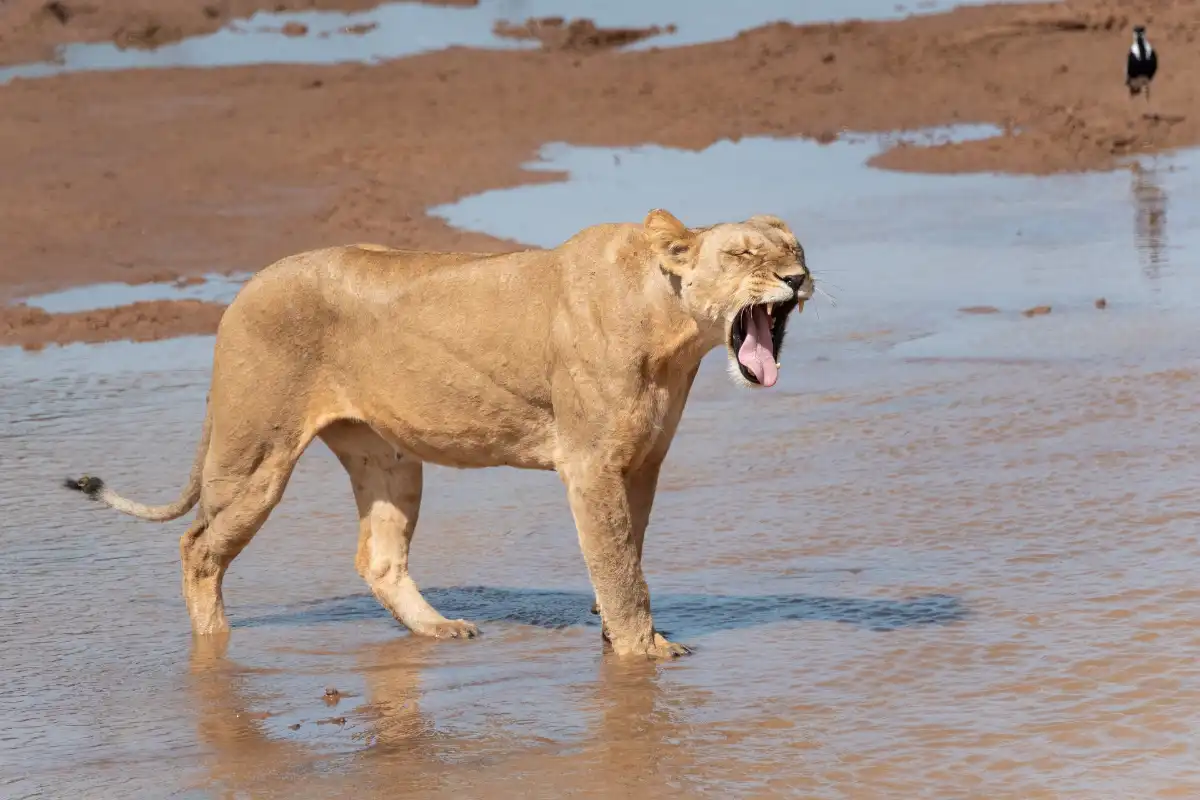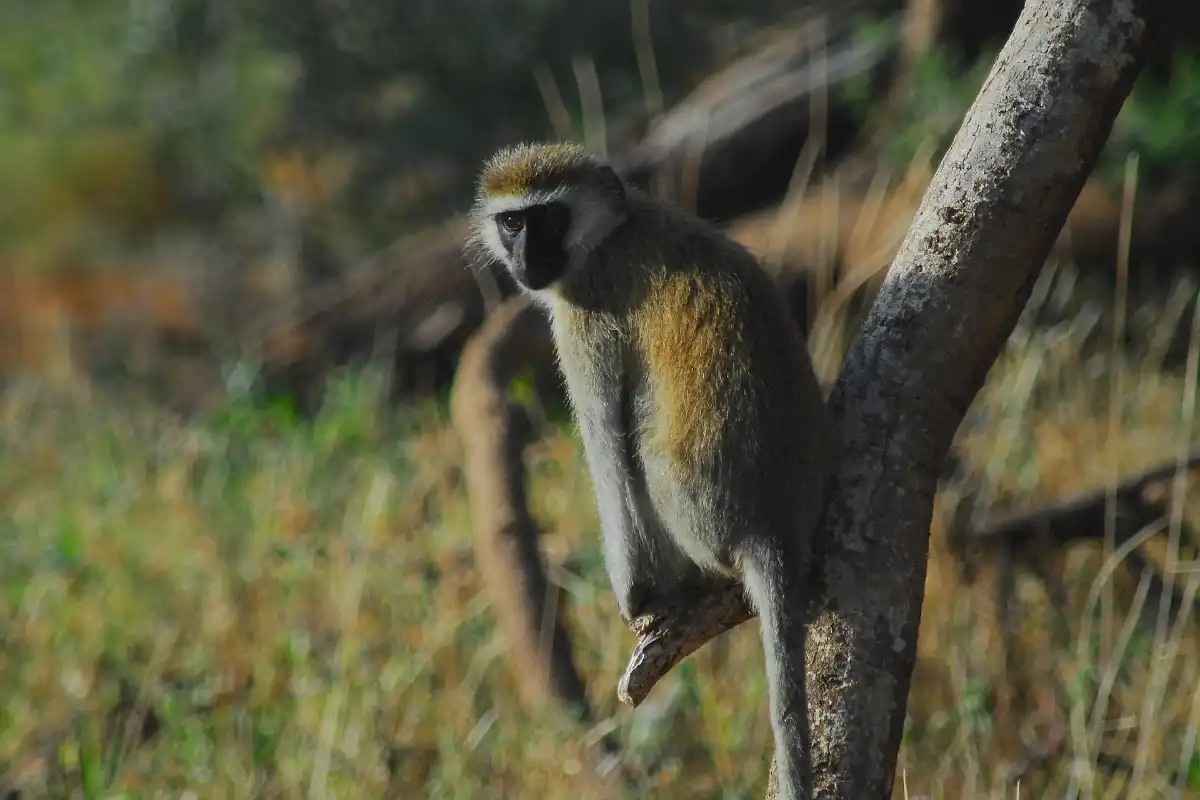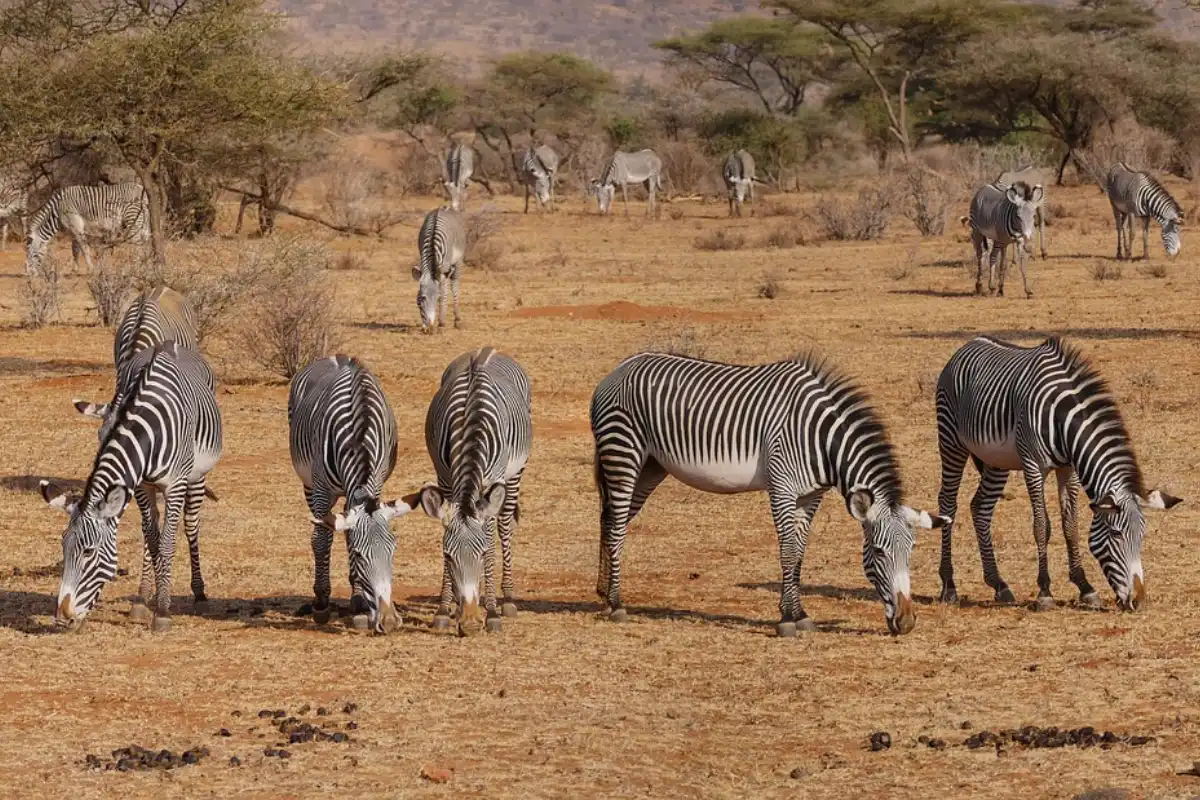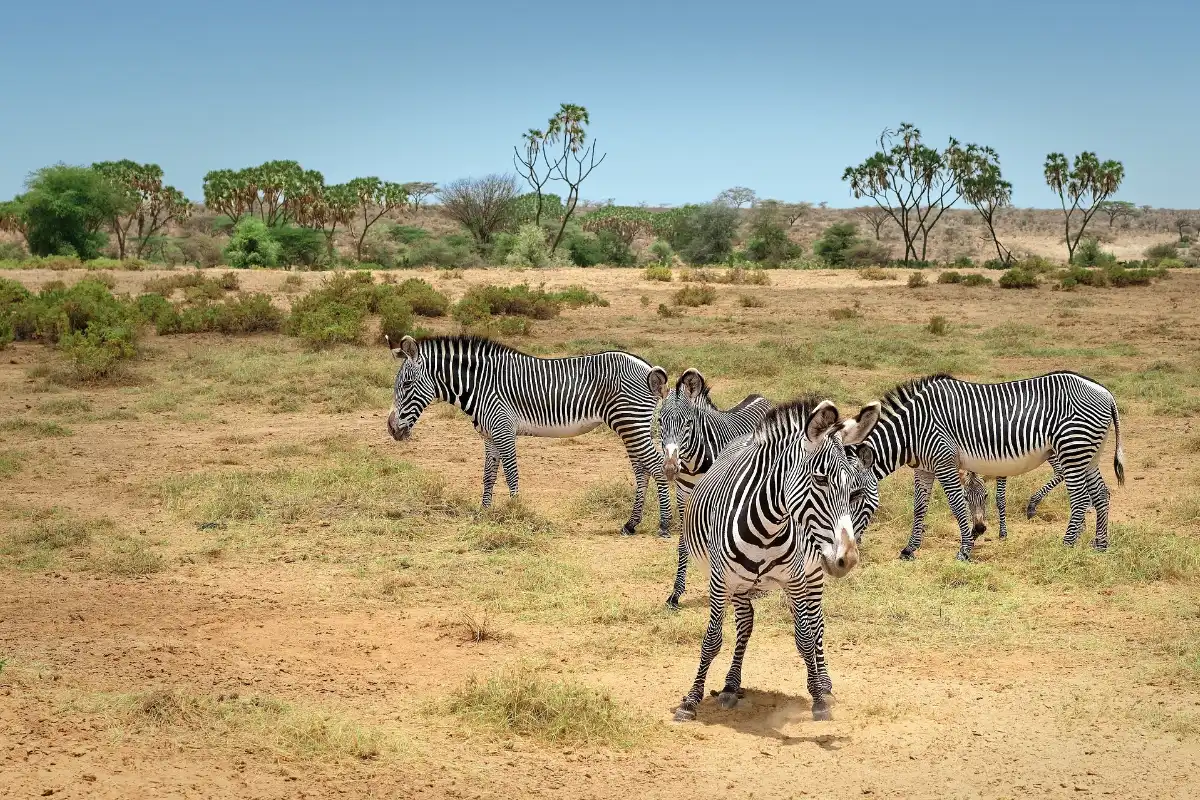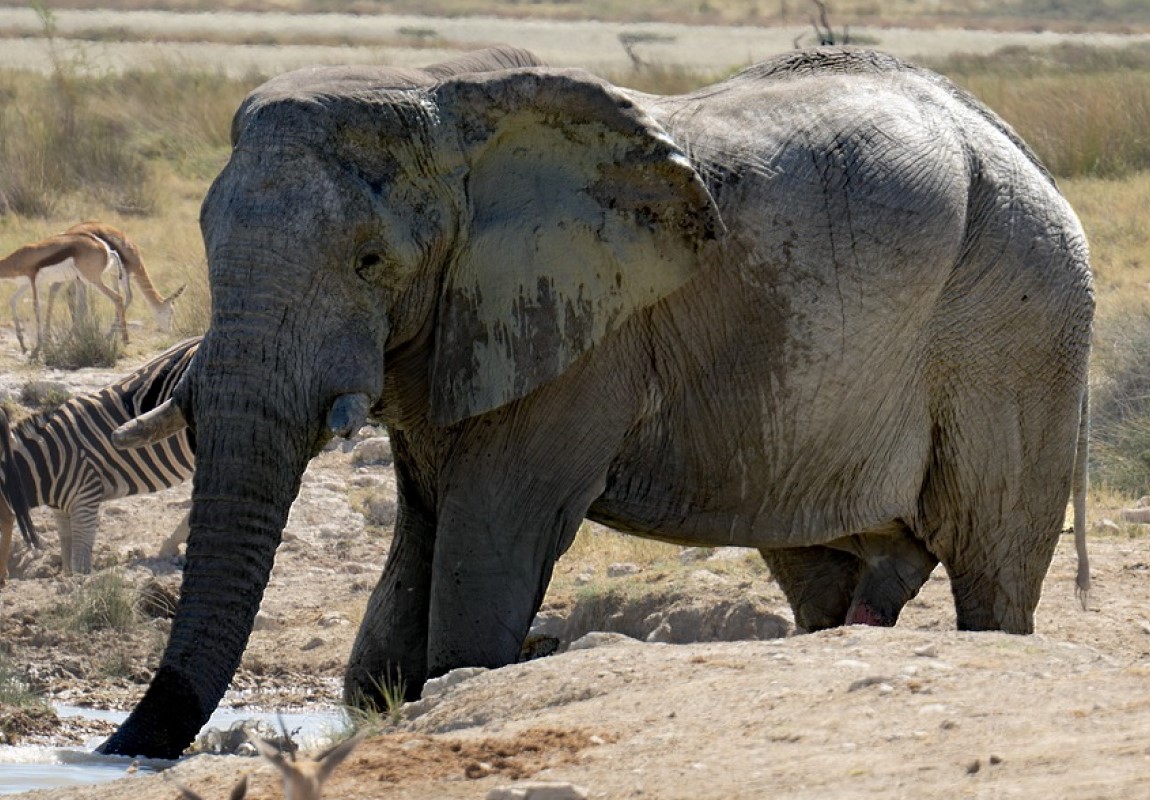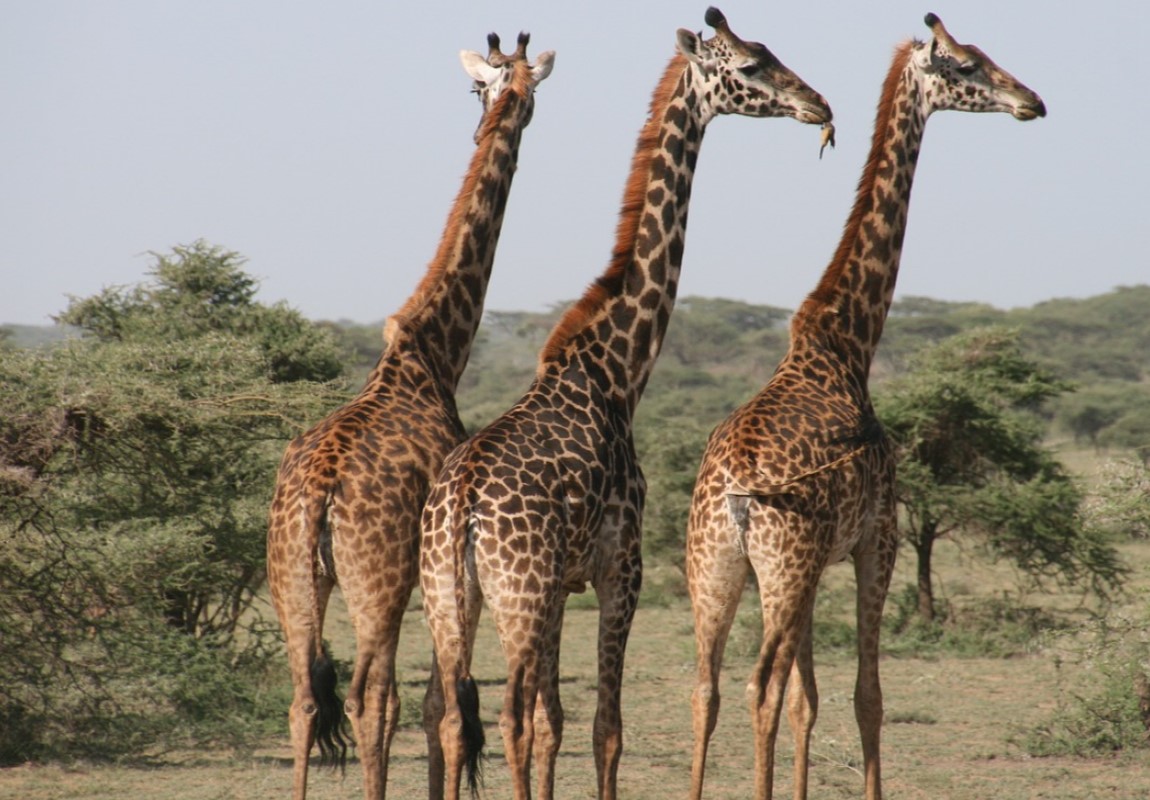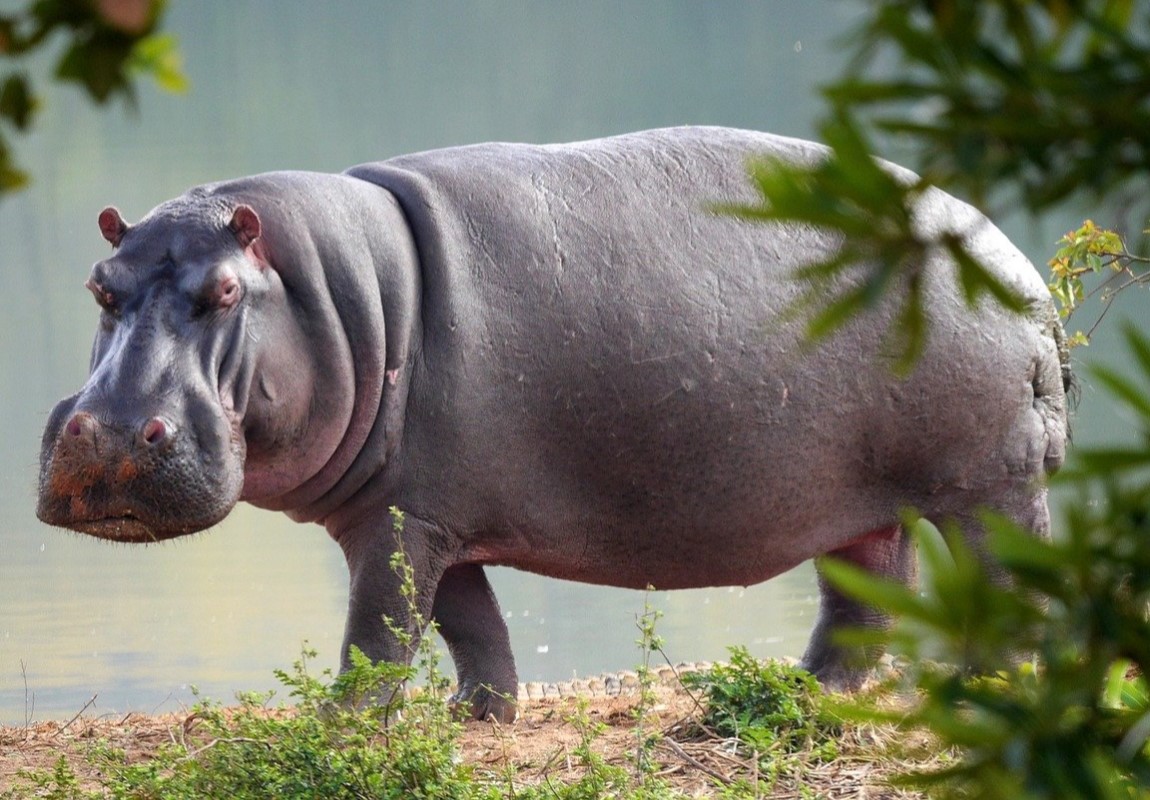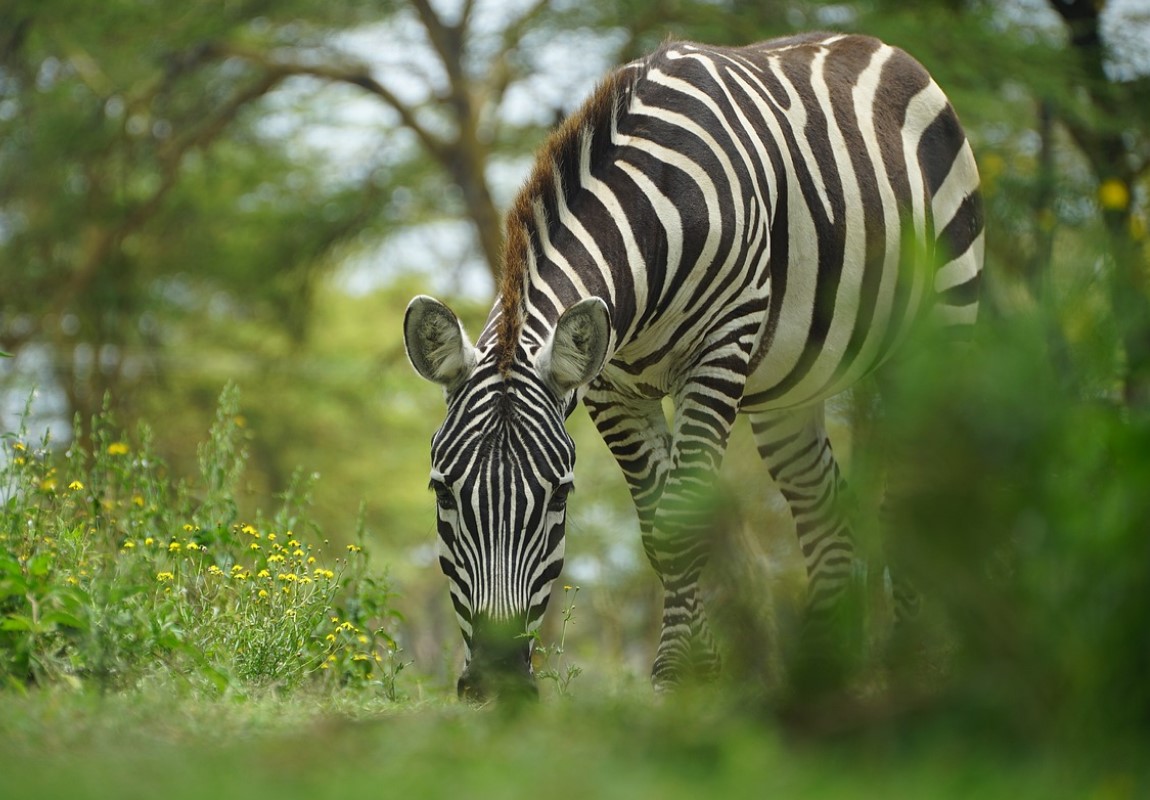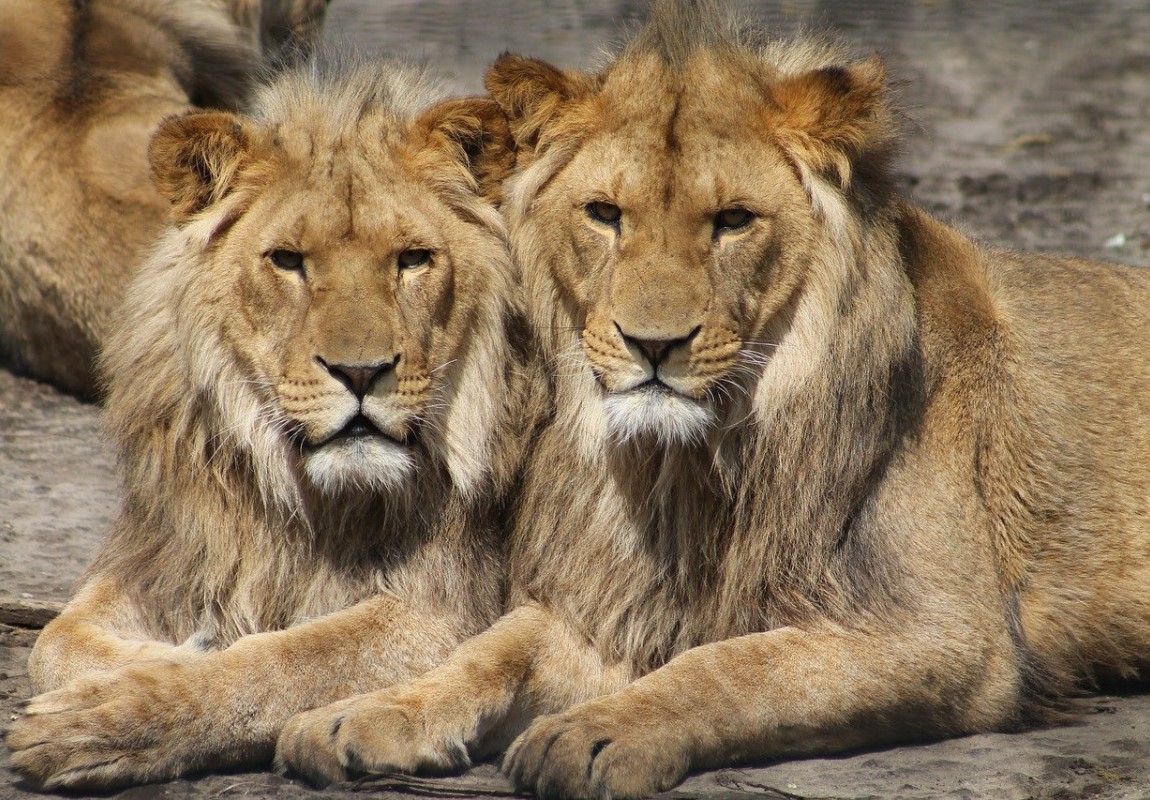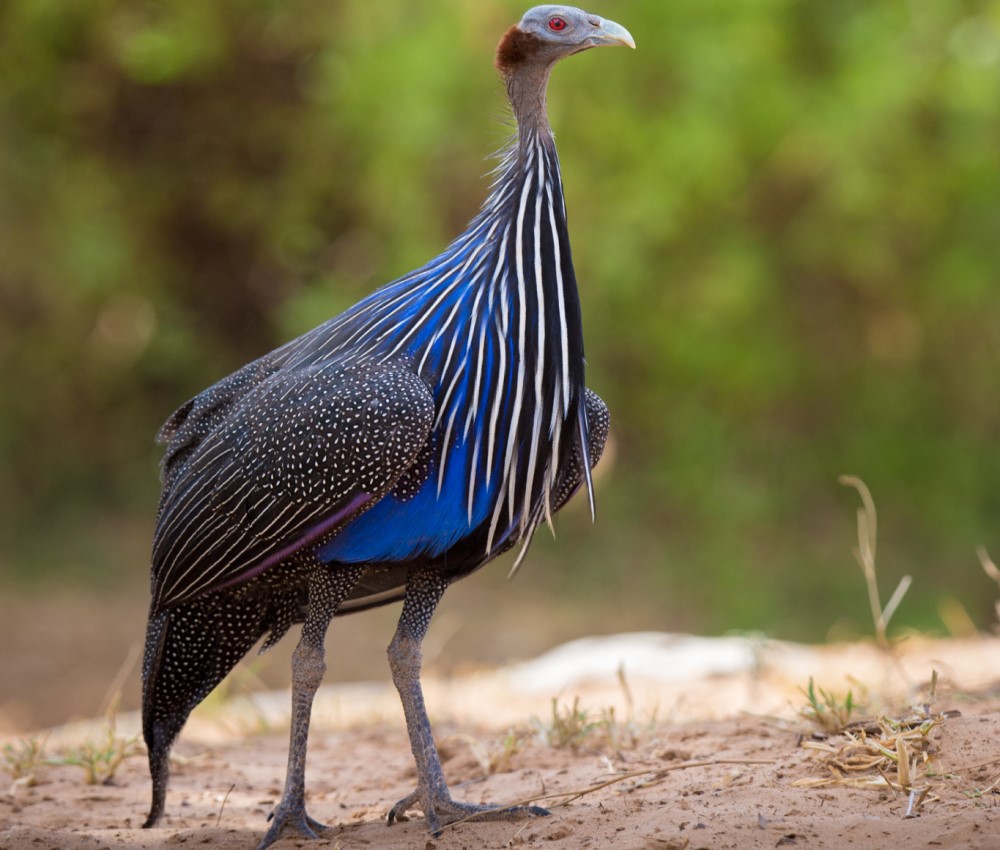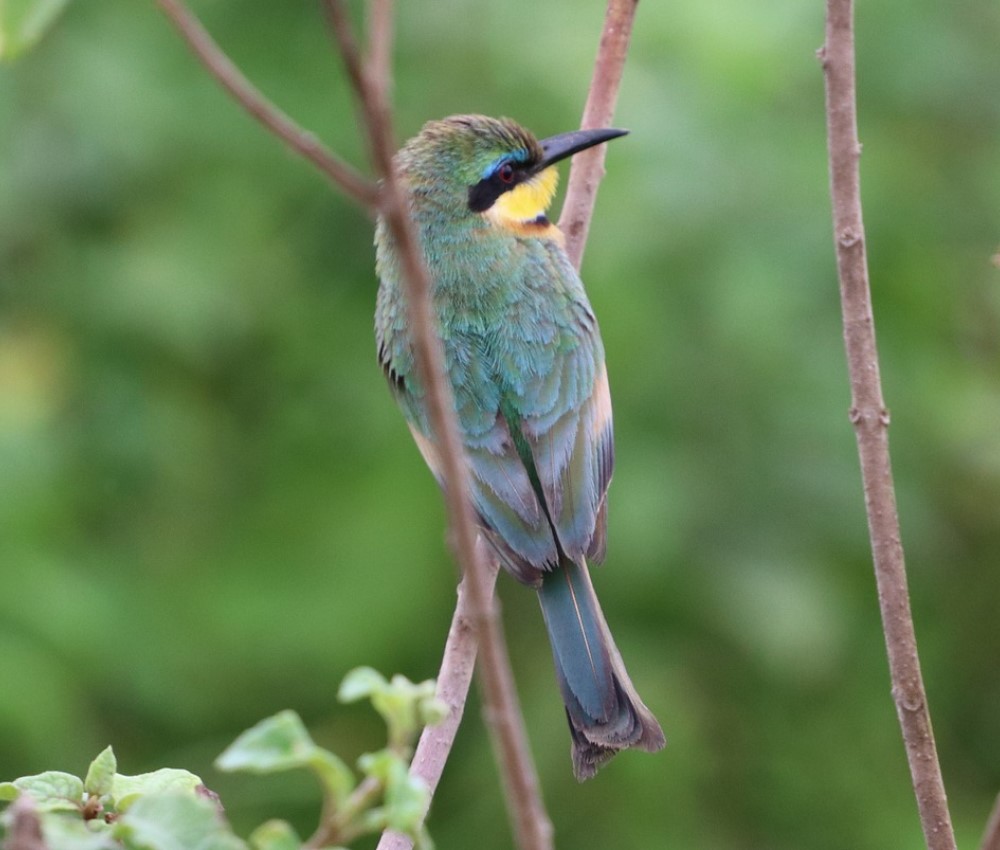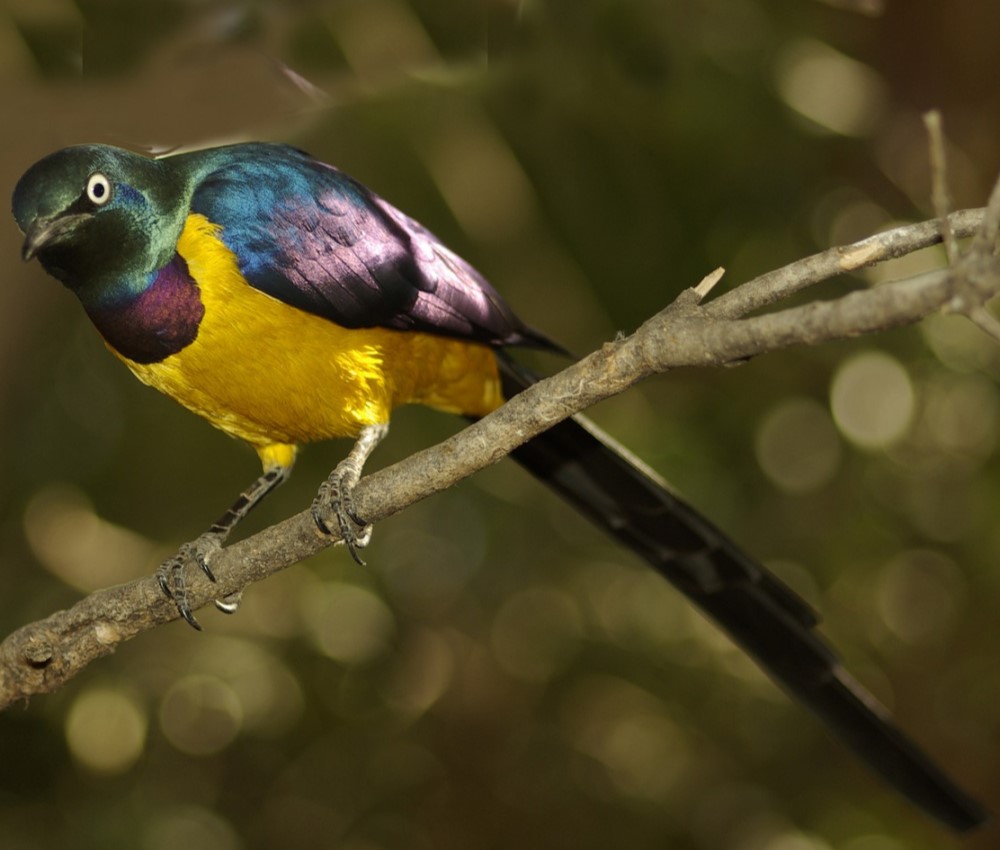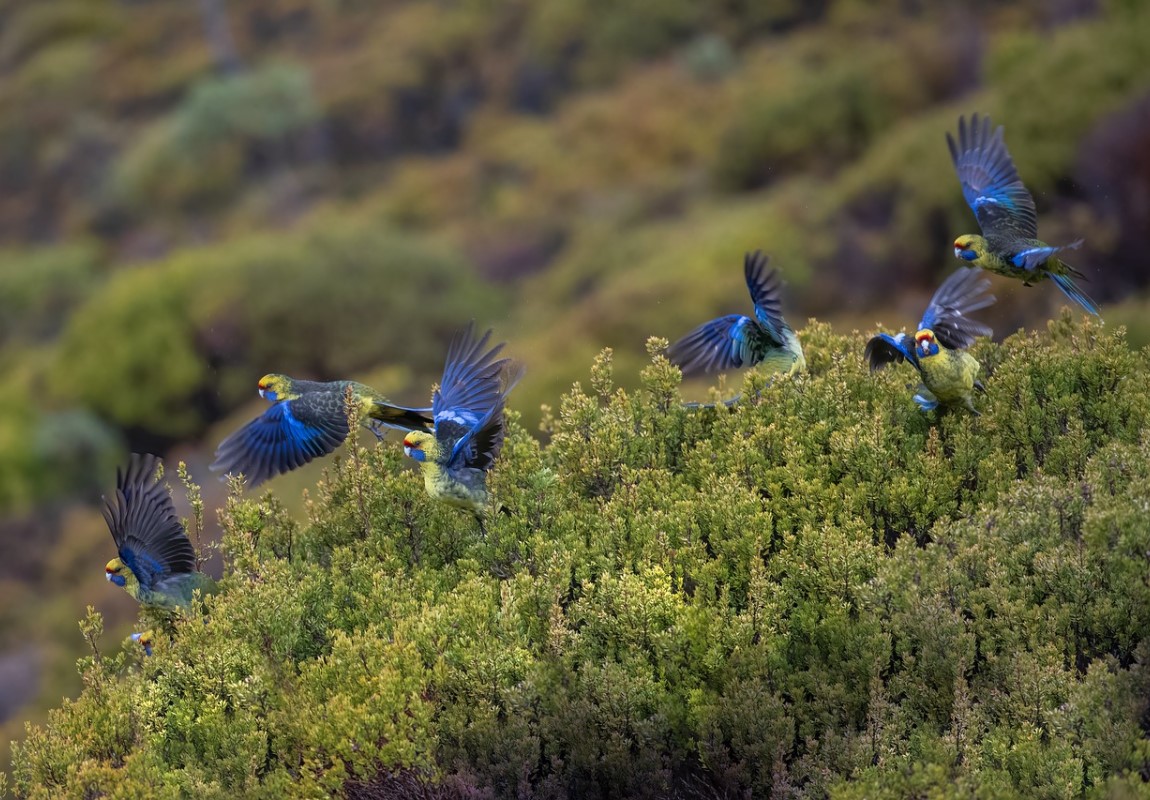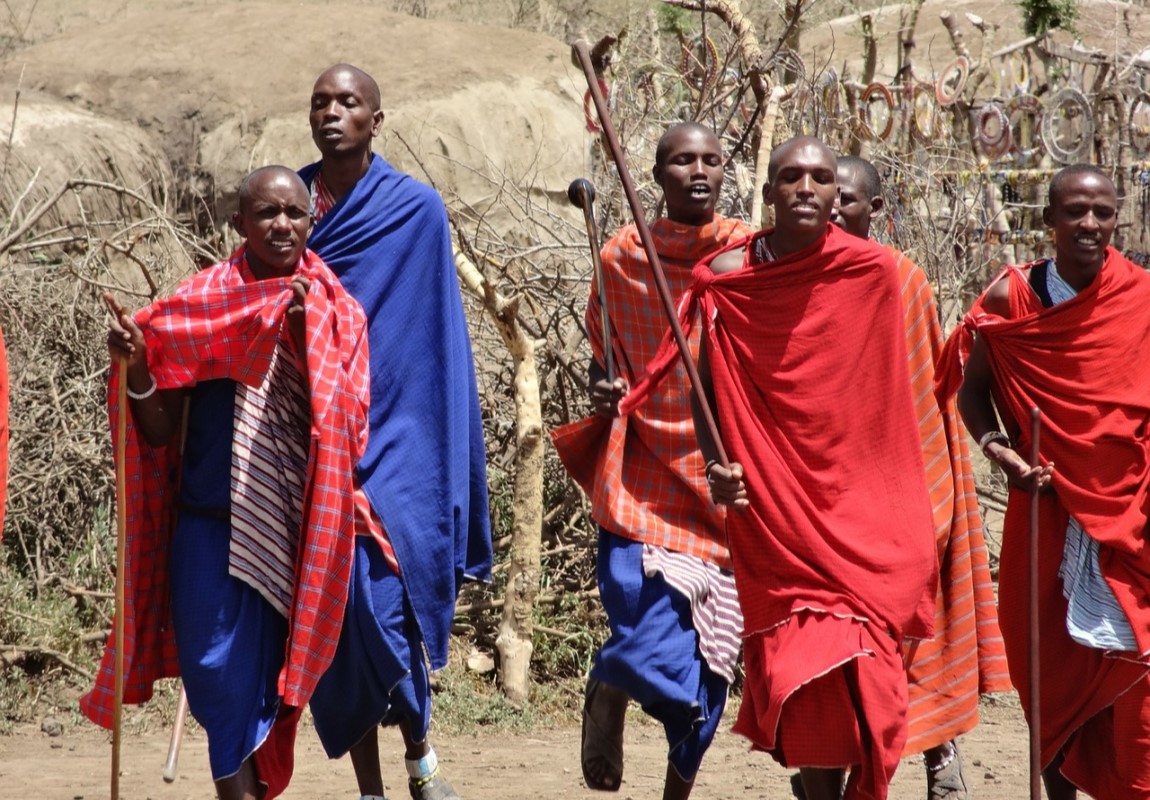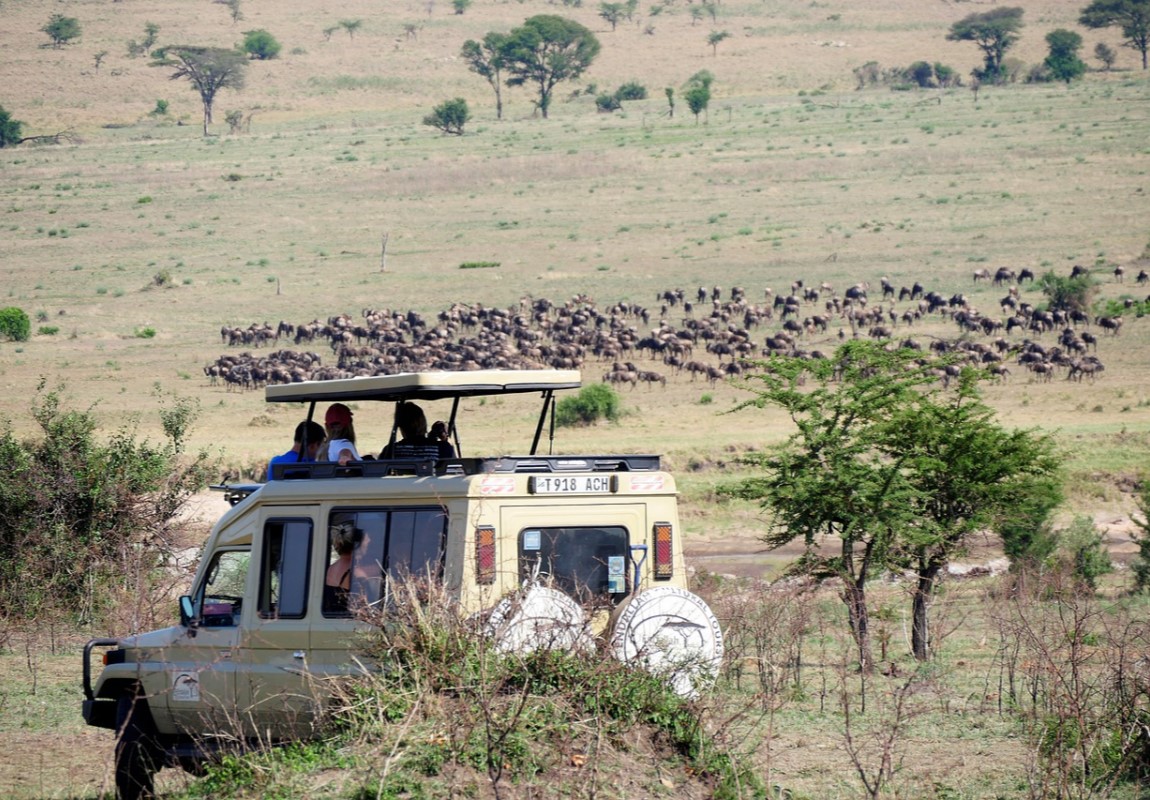Samburu National Reserve 
Samburu National Reserve - Kenya Wildlife Destination
Starting from
$1200PP
Overview
The Samburu National Reserve is a game reserve on the banks of the Ewaso Ng'iro river in Kenya. The park is situated nearby the Buffalo Springs National Reserve that lies across the stream. The park's peaceful climate and extraordinary geology, which is a combination of riverine forests, grasslands, acacia woodlands, and thistle trees attract a huge assortment of animals and birds the same. The parched climate is home to an assortment of north Kenya specials – both birds and mammals.
Pros & Cons
- A variety of accommodation options are available based on different budgets
- Amazing birding with many dry-country specials
- Fascinating animal species confined to the arid north
- Four of the Big Five are easily found except rhino
- Excellent wildlife viewing
- There is a lot of dust in the air because it is very dry
Map in Kenya
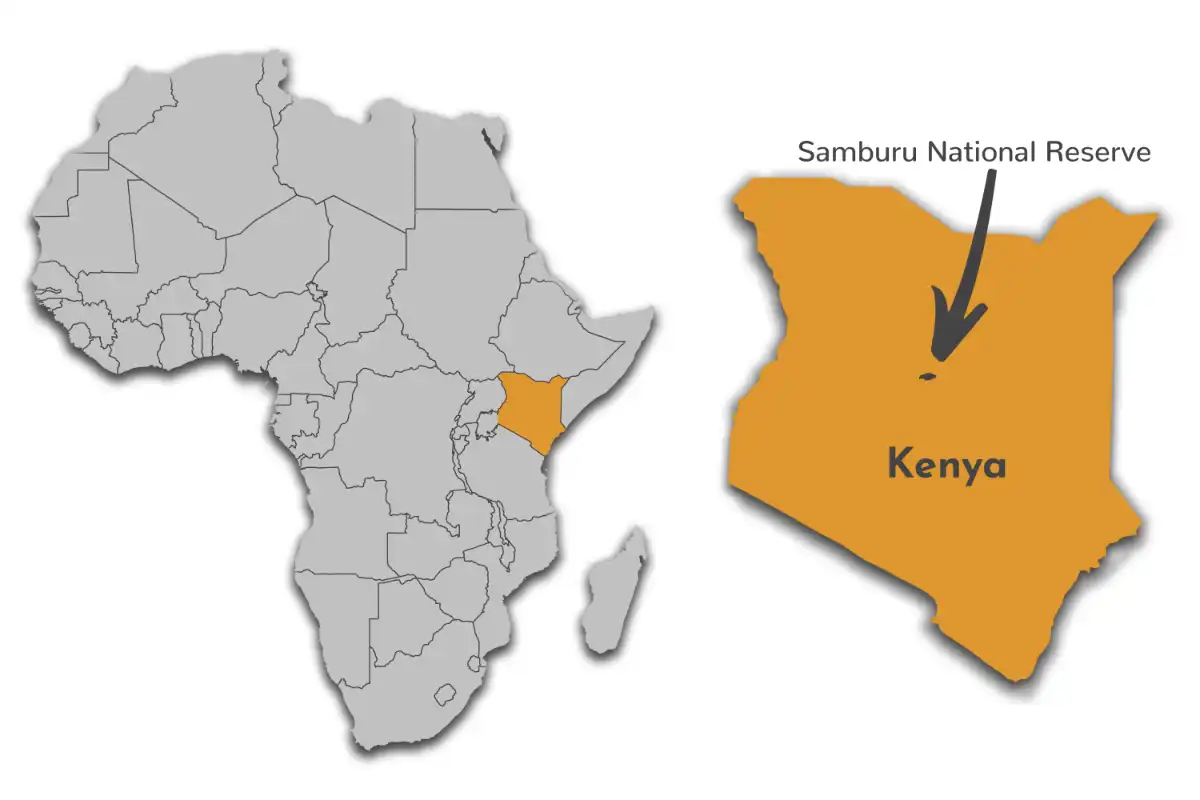
Want to Visit Samburu National Reserve?
Gallery Images
Explore the stunning beauty of Samburu National Reserve through our curated collection of photographs showcasing its landscapes, wildlife, and natural wonders.
Want to Visit Samburu National Reserve?
Wildlife & Animals
There is a wide variety of animals and birdlife seen at Samburu National Reserve. Four of the Big 5 are available here aside from Rhino. Several large game animal species common to Kenya's northern plains can be found in abundance here, including the following dry-country fauna: gerenuk, Elands, Grevy's zebra, oryx and reticulated giraffe. These dry-country animals are rarely seen in other Kenyan national reserves and parks. All three big cats, the lion, cheetah and African leopard can also be found here, as well as the elephant, Cape buffalo and hippopotamus.
Wildlife Highlights
The Samburu National Reserve is also the home of Kamunyak, a lioness famous for adopting oryx calves. Some fortunate visitors might get to see a truly incredible battle when lions and Nile crocodiles fight over prey on the banks of the Ewaso Ng'iro river. Other mammals frequently seen in the park include olive baboon, warthogs, Grant's gazelle, Kirk's dik-dik, impala, and waterbuck.
Best Time for Wildlife Viewing
For wildlife viewing, the best time to visit the Samburu National Reserve is during the dry season, between June and October, and December and March. With the drying vegetation, it's simpler to spot animals that assemble around the water holes. During the wet season, with its bountiful water supply, animals once in a while need to go far looking for water, and the long grass makes it harder to spot them.
Want to Visit Samburu National Reserve?
Birds
Samburu National Reserve is a premier bird-watching destination with more than 350 recorded bird species. The reserves protect a variety of habitats, home to different bird species including arid acacia savannah, scrub and gallery forest alongside the Uaso Nyiro River. The dry, open country offers very rewarding birding opportunities and boasts several northeast African dry-country species shared with Ethiopia and Somalia, such as vulturine guineafowl, Somali bee-eater and Golden-breasted Starling. Some other notable species found include grey-headed kingfisher, sunbirds, bee-eaters, Marabou stork, tawny eagle, Verreaux's eagle, bateleur, vulturine guineafowl, yellow-necked spurfowl, lilac-breasted roller, secretary bird, superb starling, northern red-billed hornbill, yellow-billed hornbill, and various vultures including the palm-nut vulture.
Best Time for Birding
Samburu is a bird watcher's delight the entire year. Numerous unusual, dry-country specials live here and can be spotted all year. Migratory birds show up in the reserve from November to April. One significant thought is the climate, as substantial showers can wreck your birding plans – November and April get the most precipitation.
Want to Visit Samburu National Reserve?
Best Time to Visit – Samburu National Reserve
For wildlife viewing, the best time to visit the Samburu National Reserve is during the dry season, between June and October, and December and March. With the drying vegetation, it's simpler to spot animals that assemble around the water holes. During the wet season, with its bountiful water supply, animals once in a while need to go far looking for water, and the long grass makes it harder to spot them.
June to October (Dry Season)
- Rarely gets hot, Most of the time it's sunny & dry
- Due to short grass and less water sources, Animals can be spotted easily
- Fewer mosquitoes and less chance of catching malaria
- There is a lot of dust in the air because it is very dry
- The sky is hazy and the scenery isn’t as pretty
November to May (Wet Season)
- As the park is less busy, Pricing is very less to bring more travellers
- The scenery is beautiful and at its most lush
- Wildlife viewing gets special because of less crowd
- Birding is best as migratory birds are present
- Rain in April and May will sometimes come in between your planned activities
- Roads become sloppy and difficult to travel
Want to Visit Samburu National Reserve?
Activities
Explore popular activities available in and around Samburu National Reserve.
Want to Visit Samburu National Reserve?
No FAQs available for this park yet.

 English
English French
French